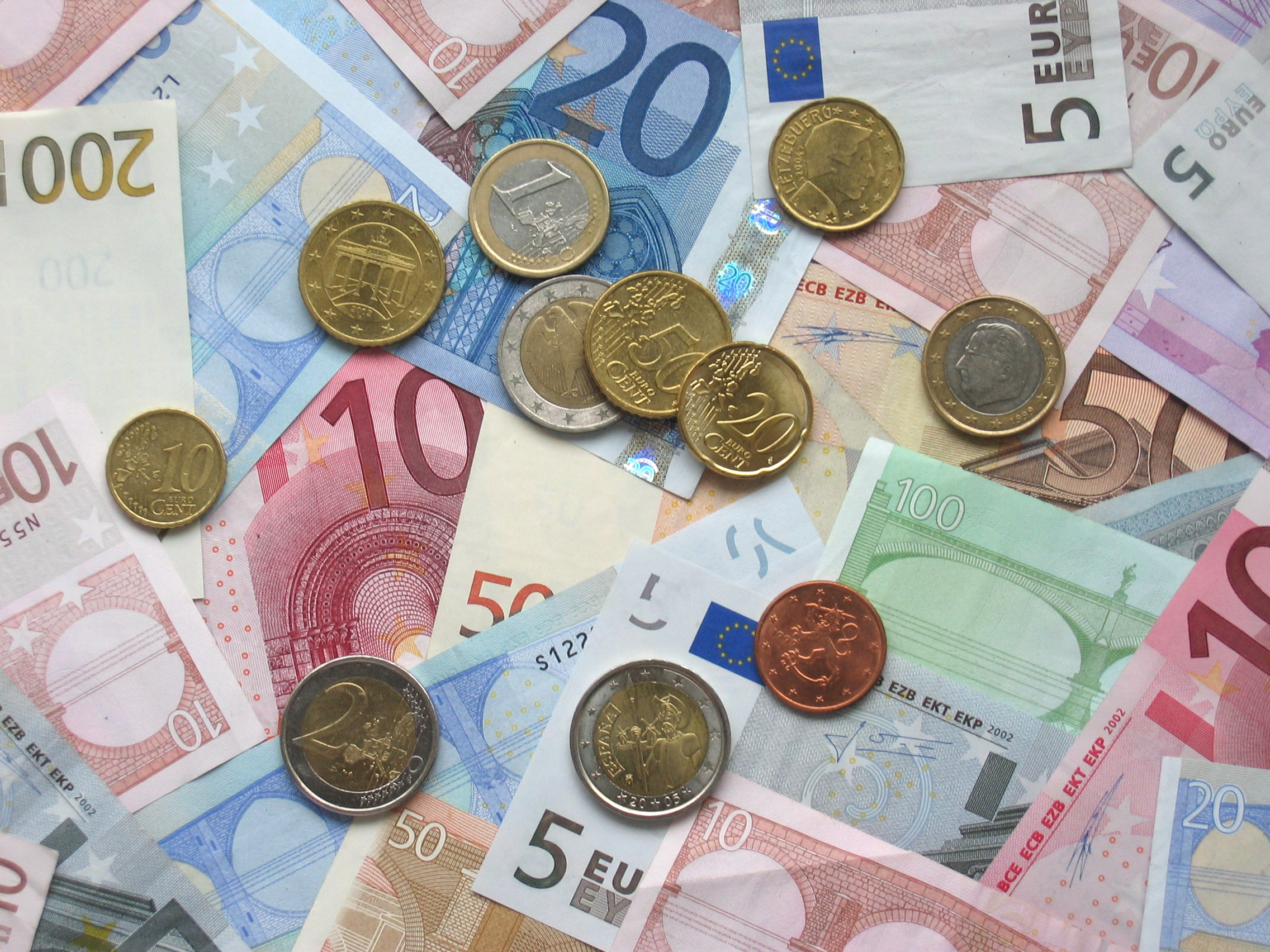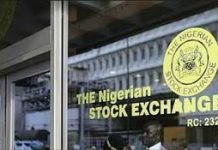The single currency’s break below its 2015 lows came after the U.S. Federal Reserve hinted that interest rates could rise faster in 2017 than investors had been anticipating.
The euro had managed to stay above those levels in Asian and early European trading but took another lurch lower as dealers arrived at their desks in New York. Just after 1200 GMT, it hit as low as $1.04055 EUR=, down 1.2 percent on the day, leaving it around 2.5 cents lower than before the Fed statement late on Wednesday.
A 25-basis point rate hike also announced by the Fed had been widely expected by financial markets; it was its signal that rates were likely to rise three times in 2017 – up from twice at the Fed’s September meeting – that investors latched onto and drove the greenback higher. tmsnrt.rs/2gsUVwB
“This has been something that the market hadn’t expected. We hadn’t expected a hawkish message from the Fed and we hadn’t expected this kind of dollar strength either,” said Barclays currency strategist Hamish Pepper, in London.
Barclays expects the euro to reach parity with the dollar by the third quarter of 2017 and then to fall below $1, while JP Morgan Asset Management reckons the two currencies will become equal in the first quarter of next year.
Against the yen, the greenback surged as much as 1.5 percent to hit 118.66 yen JPY=, its strongest since February.
The dollar is on track for easily its strongest quarter against the Japanese currency in over 20 years, after an almost 17 percent climb since the start of October.
Against a basket of major currencies the dollar rose 1.3 percent to a 14-year high of 103.16 .DXY, Reuters reports.














